Switzerland and EU link CO2 emissions trading schemes
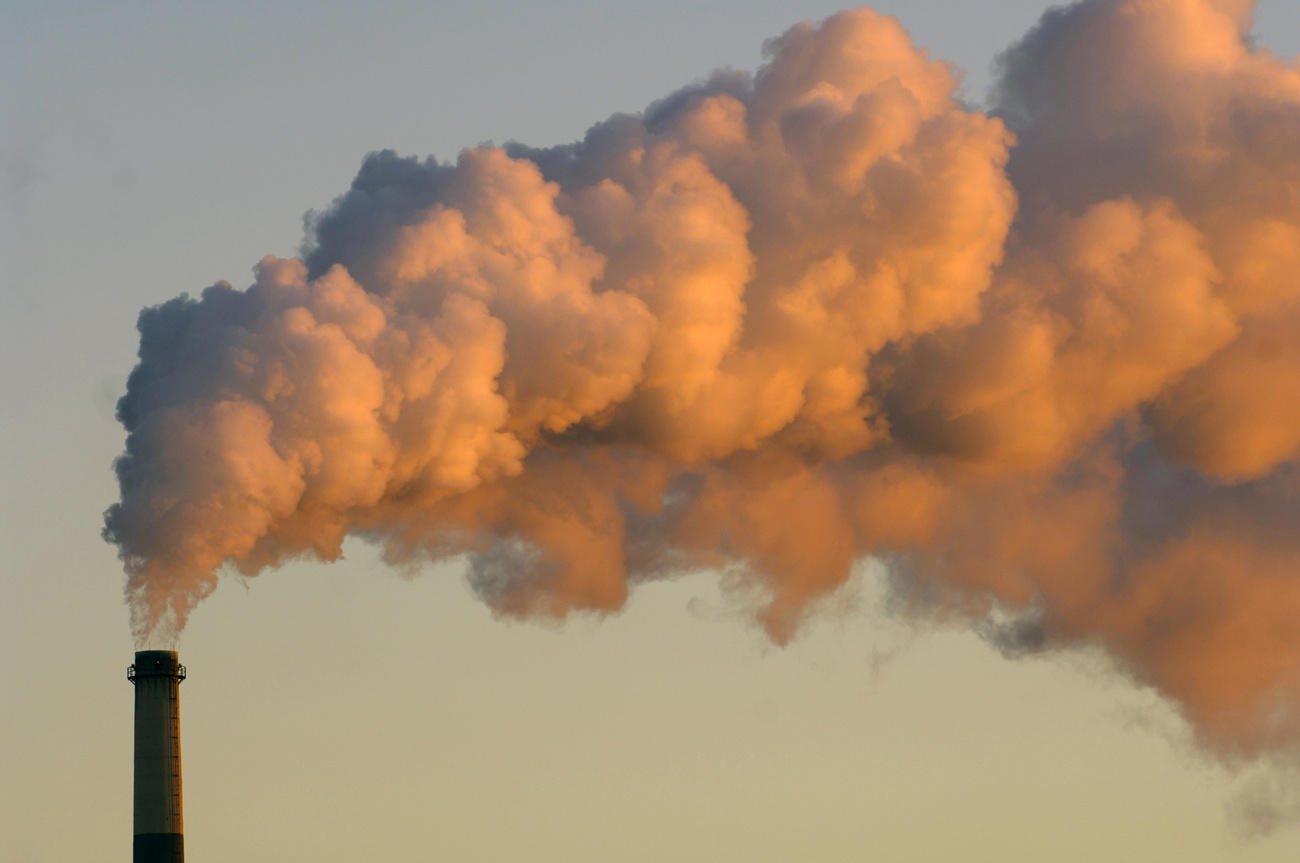
Since January 1, Swiss companies have been participating in the European Union emissions trading scheme. The mechanism is based on the “polluter pays” principle.
What’s it about?
The EU Emissions Trading SystemExternal link (ETS) is a climate policy tool that aims to reduce greenhouse gas emissions according to the principles of the market economy. It aims to lower the emissions of the companies that pollute the most.
How does it work?
Each year, companies receive a certain amount of emission rights free of charge. The company that emits more than its share must buy additional credits, otherwise it will be fined. Companies that remain below the permitted levels can sell what they haven’t used.
This creates a CO2 market in which companies can exchange emissions rights. The total number of emission certificates is reduced every year.
Who is participating?
In Switzerland, large companies with high greenhouse gas emissions are obliged to participate in the ETS. Medium-sized companies can join it voluntarily. Whoever participates in the system is exempt from the CO2 levyExternal link.
The ETS comprises around 50 industrial plants that generate a total of five million tonnes of CO2 per year (around a tenth of Switzerland’s emissions). Among these are cement producers, oil refineries and chemical companies.
In Europe, the system brings together nearly 11,000 fossil-fuelled plants and thermal power stations that emit around two billion tonnes of CO2 (45% of EU emissions). The European system also includes air traffic.
Why is it important?
Worldwide, trading systems are in place or in the process of being established at national or regional level. Connecting these systems subjects companies to the same climate requirements, regardless of their location. For the international community, the creation of an international CO2 market will make it possible to achieve the objectives set by the Paris Climate Agreement.
Since January 1, 2020, the Swiss system has been linkedExternal link to that of the European Union. This allows Swiss companies to operate on the larger European emissions market and to benefit from the same competitive conditions as European companies.
How much does a tonne of CO2 cost?
In Switzerland, the auction price of one tonne of CO2 has fallen from the initial CHF40 ($41.20) in 2014 to CHF17. In the EU, prices have gone up from around €5 (CHF5.35) in 2013 to around €25.
Is emissions trading an effective tool?
Yes, says the association of the Swiss cement industry, which says the system encourages companies to be more efficient and to further reduce emissions.
No, says environmental NGO Greenpeace, which says there is no point linking two “terrible systems”. It believes only a drastic increase in the price of CO2 – for example to €100 – will contribute to a real transformation of the industrial sector. Otherwise, it will continue to be cheaper to buy emission rights than to invest in less polluting technologies.
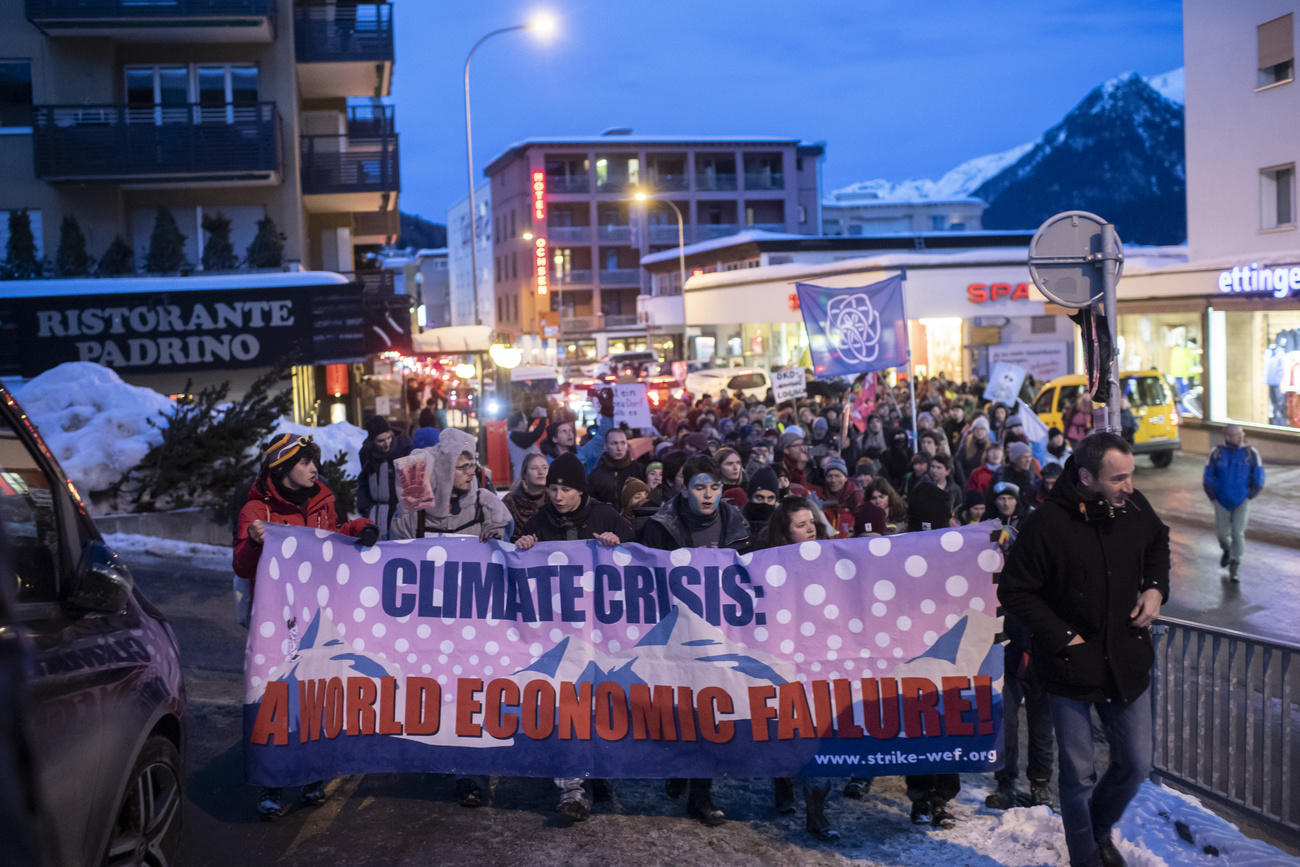
More
At Davos, climate change dominates discussions
(Translated from Italian by Thomas Stephens)

In compliance with the JTI standards
More: SWI swissinfo.ch certified by the Journalism Trust Initiative









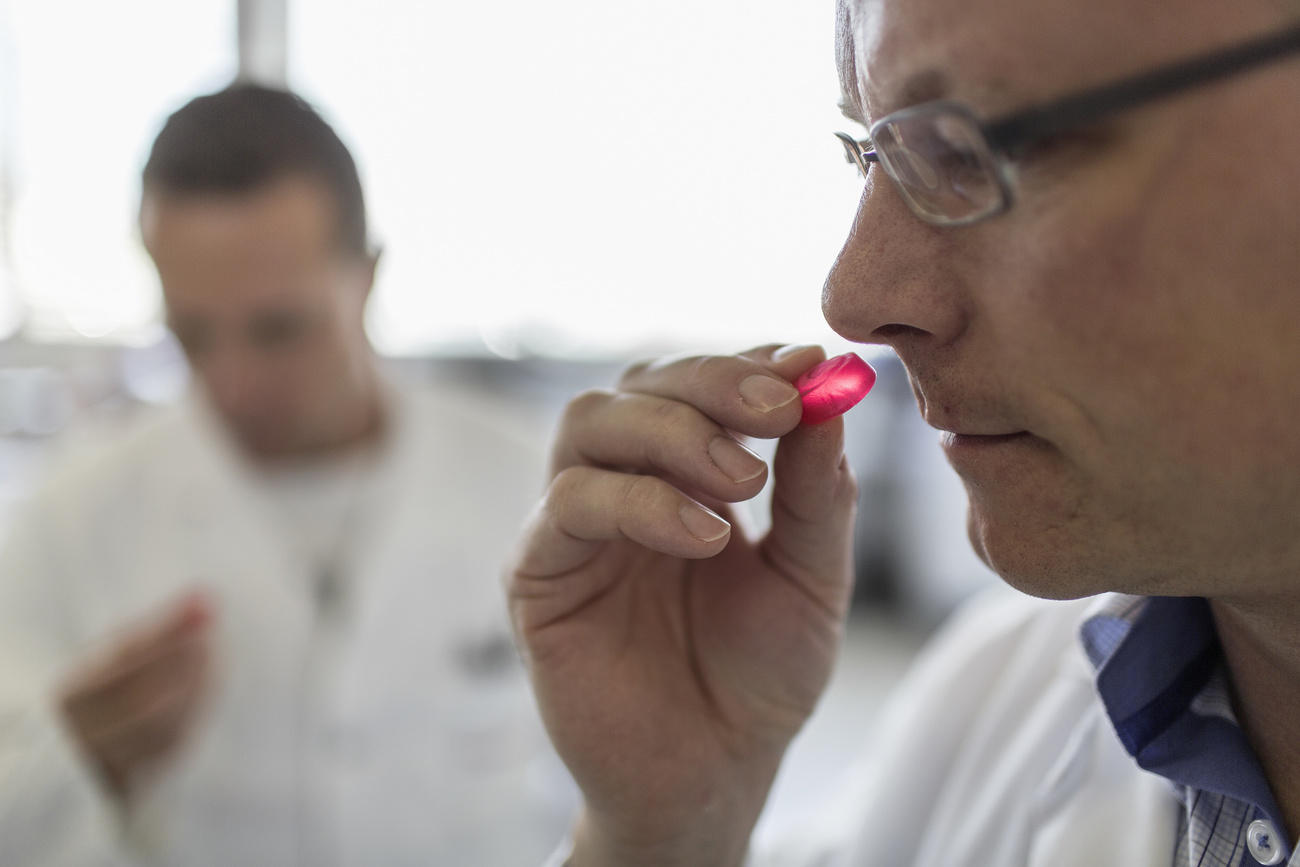
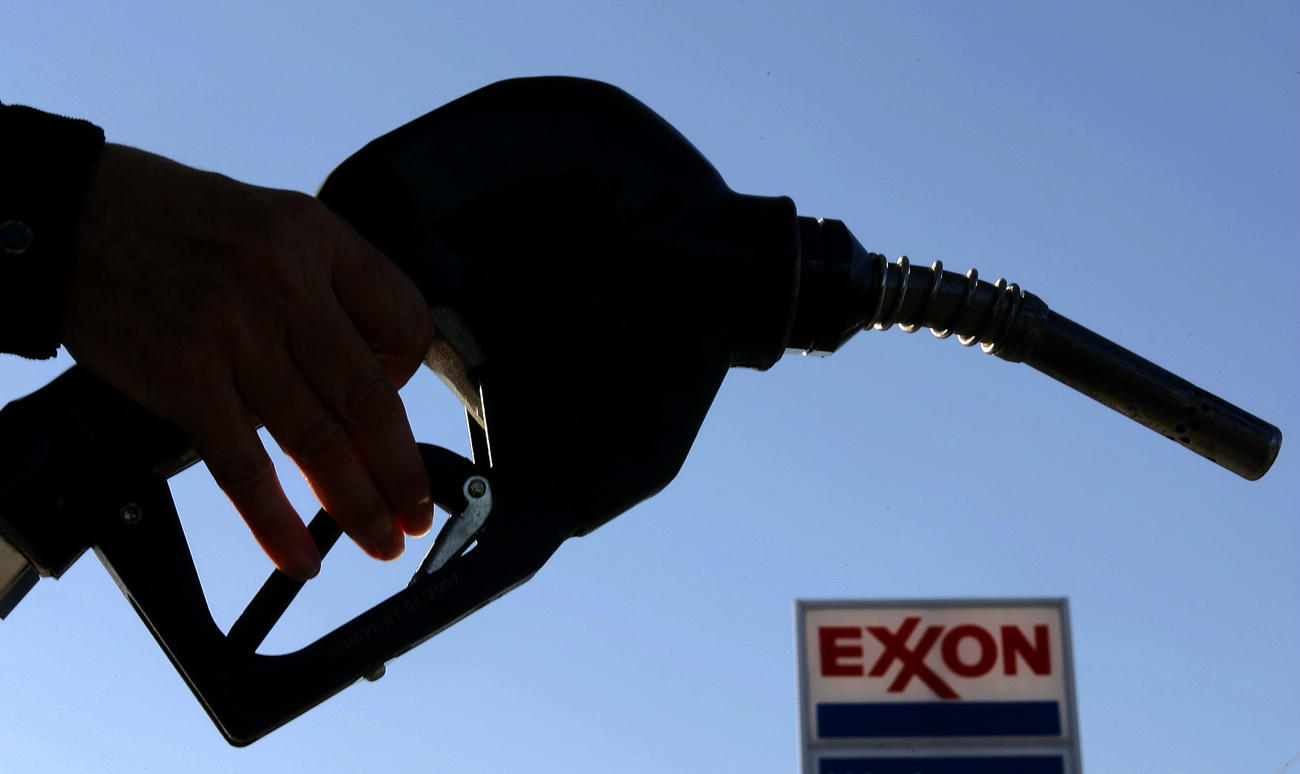
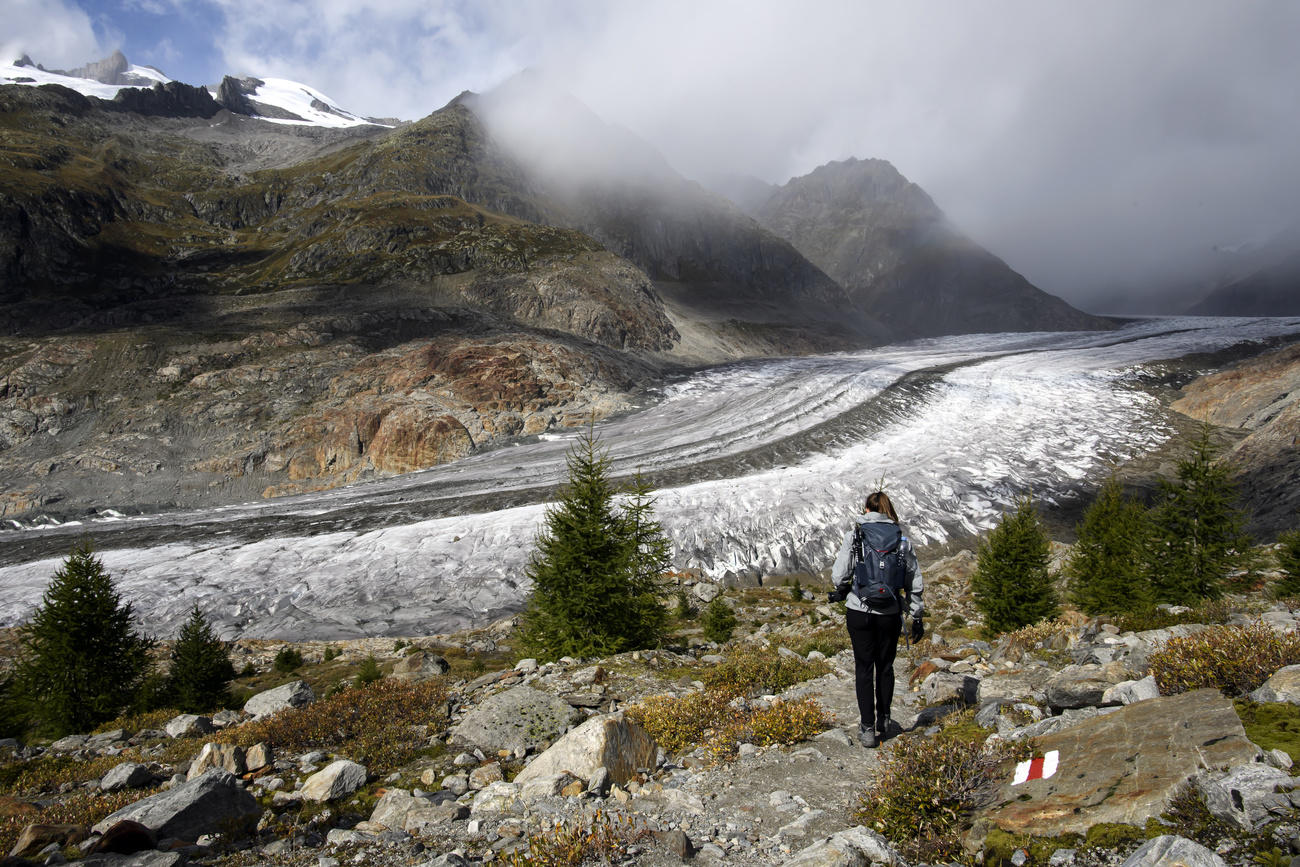
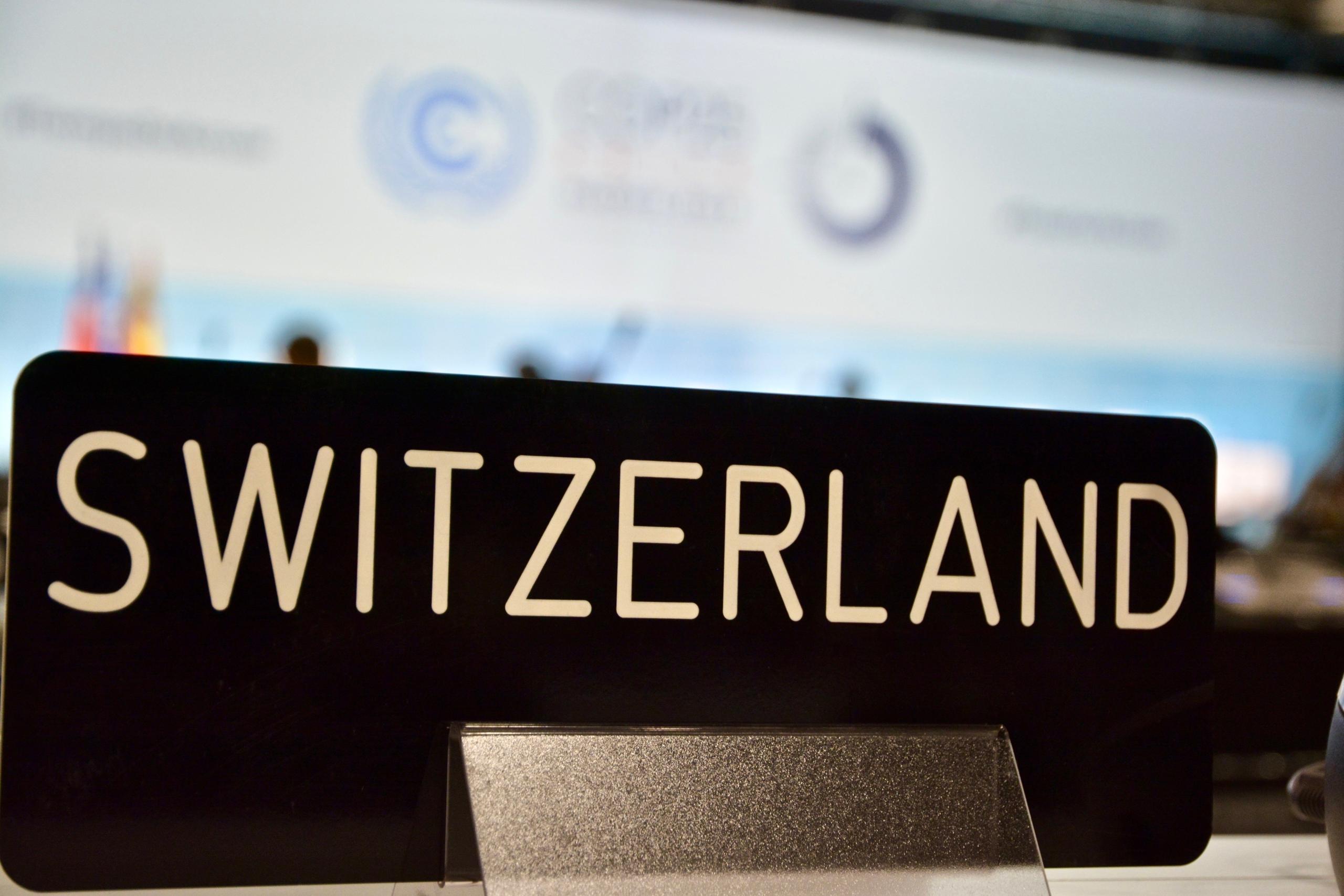
You can find an overview of ongoing debates with our journalists here . Please join us!
If you want to start a conversation about a topic raised in this article or want to report factual errors, email us at english@swissinfo.ch.